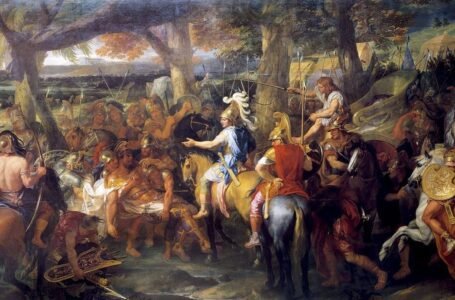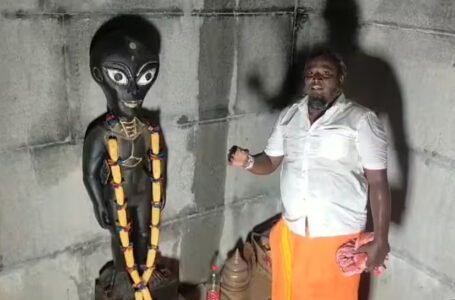Vaigai River: A River of Temples

The Vaigai River flows through Tamil Nadu, playing a crucial role in the history, culture, and spirituality of the region. Being the lifeline of Madurai, the river plays an important role in the ceremonies and celebrations of temples, especially Meenakshi Amman Temple. For centuries, the Vaigai supported the communities along its shores by providing water for irrigation, drinking, and other rituals.
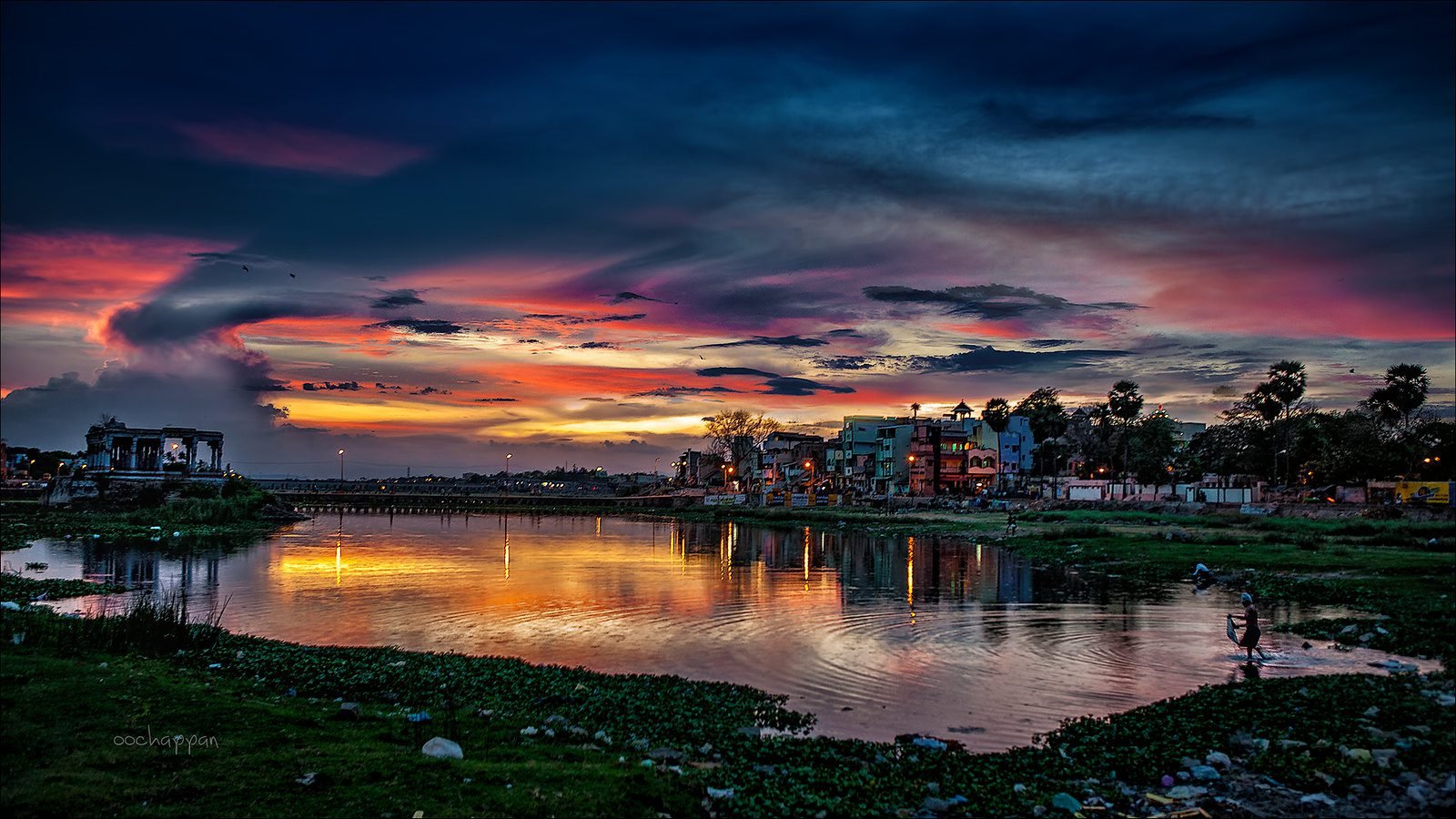
Over the past few decades, the Vaigai River has been dealing with severe issues like water scarcity, contamination, and less discharge. In addition to the issues described above, human development like rapid urbanization, climatic changes, and over-extraction of groundwater has further deteriorated this river. Meanwhile, there are various rejuvenation projects in the pipeline for the revival of this river along with water management.
Origin of the Vaigai River
The Vaigai River originates in the Varusanadu Hills in the Theni district of Tamil Nadu, about 1200 meters above mean sea level. There the river confluences with hundreds of streams. It flows for 258 kilometres through the Theni, Dindigul, Madurai, Sivaganga, and Ramanathapuram districts before flowing into the Palk Strait and merging with the Bay of Bengal.

Vaigai flows east. It is one of the rivers that irrigate Tamil Nadu’s dry landscapes. Several minor rivers and tributaries join the river along its course. Among them are the Suruli, Varahanadhi, and Kridha Rivers. The Vaigai River covers an area of about 7,000 square km. In this basin are crops such as rice, sugarcane, and bananas.
Another major river construction is the Vaigai Dam located near Periyakulam. It was built in the year 1959. This dam helps supply irrigation water and serves as a source of water storage for the areas around it. It also supplies drinking water to the city of Madurai and all the other cities nearby, but the shifting rain patterns raise a question about the capacity of the dam.
Mythology and Cultural Significance
The Vaigai River is one of the important rivers in Tamil mythology and folk traditions. According to folklore, the gods themselves created the river to quench the thirst of people living in Madurai city. One very popular one is the account of the heavenly marriage between Lord Sundareswarar (a manifestation of Shiva) and Meenakshi Amman of the temple at Madurai. River Goddess Ganga arrived late for the heavenly performance, which is said to have been deities and sages assembled at Madurai. She thus unleashed the waters of Vaigai to placate the gods and let the function continue. Another myth is that of the saint Agastya, who spilt the river water meant for Madurai and created this river. Due to this legendary performance, Vaigai is considered to be the celestial stream, and its waters are used as sacred waters. People still use this river water for rituals, while performing temple rituals and religious functions.
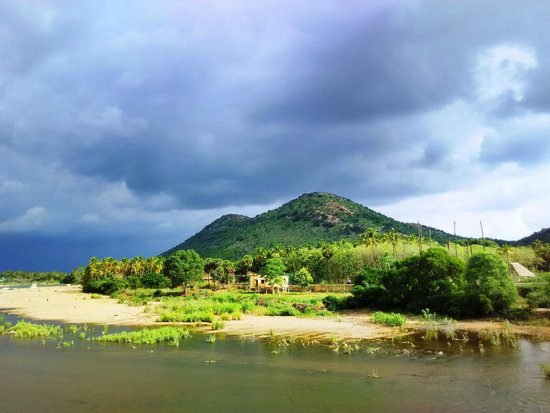
Beyond these stories, Vaigai is still of terrific importance in Tamil literature. For centuries, old Sangam texts- Madurai Kanchi, for example – remain singing its praise as an allegory of wealth and riches. Sangam poets sang about how Vaigai would weave her way through fertile fields and orchards, giving life to its citizens and the surrounding districts of Madurai.
The Vaigai and the History of Madurai
The Vaigai River primarily gave the shape and form to the ancient city, known as the Athens of the East – the city of Madurai. It is the city of the famous Meenakshi Amman Temple, built along the Vaigai shores, which has moulded the religion, architecture, and festivals here over the centuries. The Chola, Pandya, and Vijayanagara kingdoms that ruled Madurai had a great respect for Vaigai and, along its course constructed temples, ghats, and irrigation structures to ensure an uninterrupted supply of water for all agricultural use. Several temple tanks dot the city of Madurai, the most celebrated of which is the Porthamarai Kulam within the precincts of the Meenakshi Temple believed to have been recharged by waters from Vaigai. The temple deity processions are also rituals followed by dousing in the river to indicate ritual purification of the sanctum. One of the grandest events connected with Vaigai is the Chithirai Festival, celebrated every year in April. This festival reenacts the divine wedding of Meenakshi Amman and Sundareswarar and attracts devotees to the banks to take part in elaborate processions and rituals. During the festival, many events take place on and around the banks of the river, along with their traditional rituals.
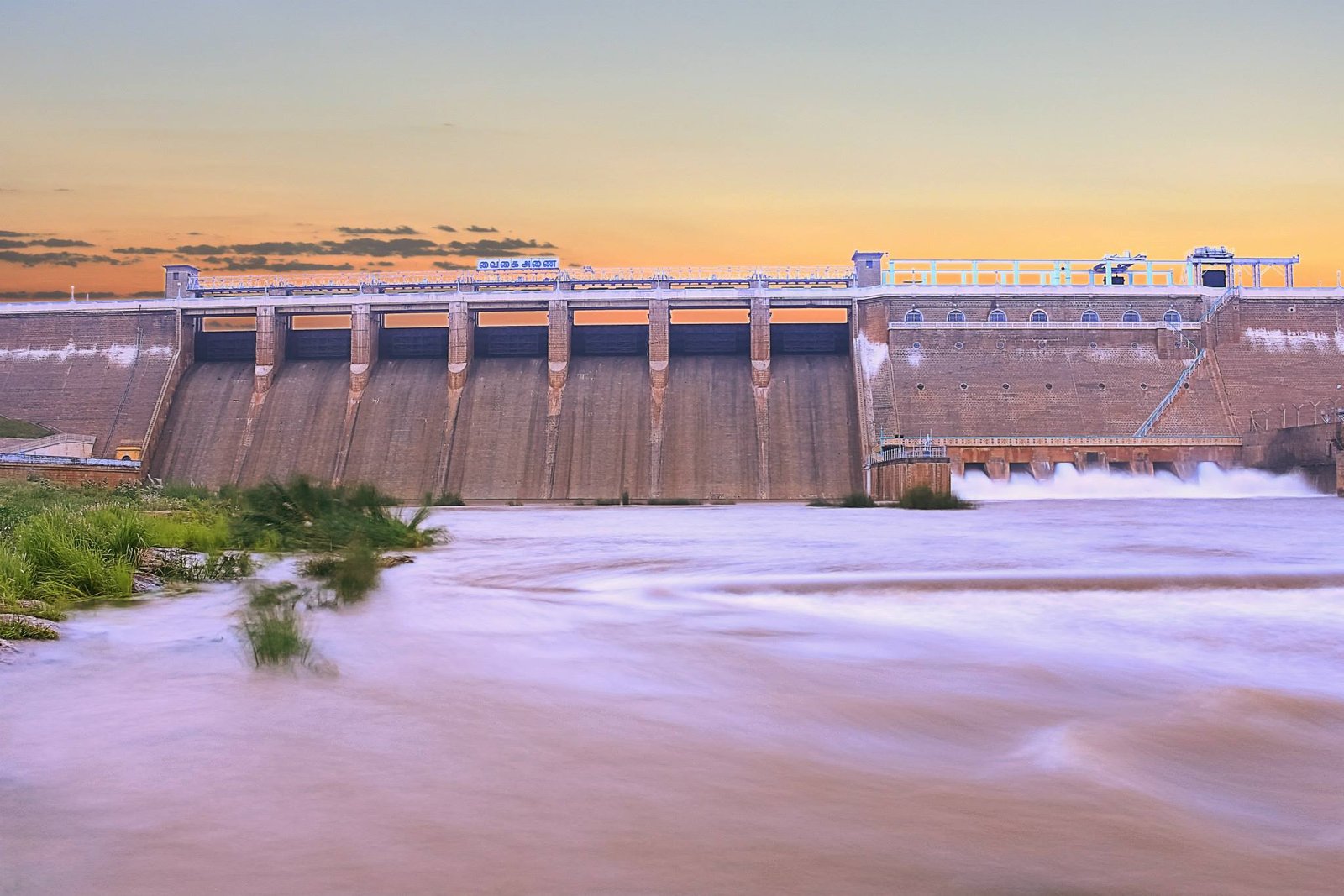
Water Scarcity and the Decline of the Vaigai River
The Vaigai River has historical and cultural signification, but the present findings are critical to serious environmental issues. The river that once supported thriving agriculture and sacred sites is facing water shortage, pollution, and decreased water levels in the present. Climate change, deforestation, and uncontrolled extraction of water are problems that have lowered water levels, and parts of the river are dry for most of the year.
Causes of Water Scarcity
One of the primary causes behind the present degrading state of the river is irregular monsoon patterns. The water body of the river mainly depends on the Western Ghats, where falling trends in rainfall have been observed. This consequently reduces the input of water into the river. Diversion of water for agriculture downstream due to the Vaigai Dam has also made the river flow less, hence, declining downstream. Because of this, the people of the city of Madurai and the villages around it face acute shortages of water in the dry season. One more significant problem is pollution. Sewage from cities with industrial wastes is drawn into Vaigai, contaminating water. Besides, heavy mining of sand from the river banks has disturbed the river bed. The disturbance has resulted in its erosion and threatens aquatic organisms. The degradation of Vaigai has also had implications for fishing communities whose existence relies on fishing in Vaigai.
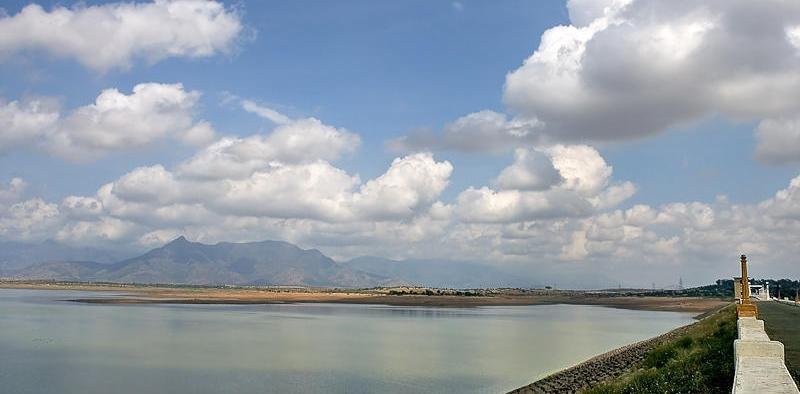
River Restoration Efforts and Challenges
The government of Tamil Nadu, with the help of different environmental groups, has taken a few initiatives to restore Vaigai, realizing the very critical state of the river. The restoration plans involve lessening pollution, improving water usage, and regaining the natural flow of the river. Some of the major points of the restoration plans include:
- Desilting and Cleaning Drives: Plans have been initiated for cleaning the silt and debris accumulated in the bed of rivers, thus aiding the river to increase its holding capacity. Volunteers and activists are carrying out cleaning work to raise awareness among people as to why one needs to save rivers.
- Rainwater Harvesting Initiatives: Irregular precipitation patterns have compelled the need to study rainwater harvesting schemes both in urban and rural settings. Such schemes help in recharging groundwater and provide assured drinking water.
- Afforestation Projects: The problem of deforestation in the Western Ghats has been addressed by afforestation programs for the rehabilitation of river catchment areas. River-side native plantations may also be used to augment soil conservation.
- Public Awareness Campaigns: Environmental organizations are working vigorously to educate the community on water conservation and proper waste disposal. Besides, festivals and cultural events are organized to create awareness of river rejuvenation.
Despite these efforts, much remains to be done. Interagency cooperation, lack of funds, and weak enforcement of environmental policies hinder progress. In addition, disagreements over water use in various regions make it difficult to implement sustainable long-term solutions.
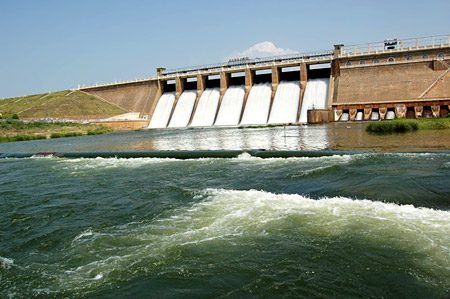
Conclusion
The Vaigai River is more than just a source of water it is a part of Tamil Nadu’s heritage, culture, and spirituality. It flows through the heart of Madurai, bearing testimony to royal dynasties, temple ceremonies, and grand festivals over the centuries. However, environmental degradation and water scarcity facing the present-day Vaigai pose threats to its heritage and survival.
Very much required in the restoration of Vaigai, which has to be addressed with a complete strategy with a proper involvement of community and governmental activities and ecological efforts. Bringing back the river to its former glory is going to ensure access to water for the future and protect the area’s cultural and spiritual entity.
For many years, Vaigai symbolizes life, worship, and prosperity. With more persistence and effort, there is every likelihood of regaining that once again for it to serve as a lifeline to Madurai and develop further with the prevailing traditions on its sacred shores.
